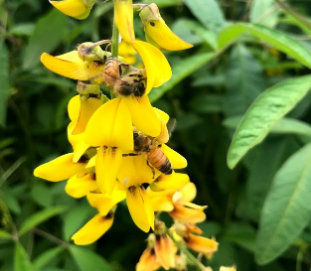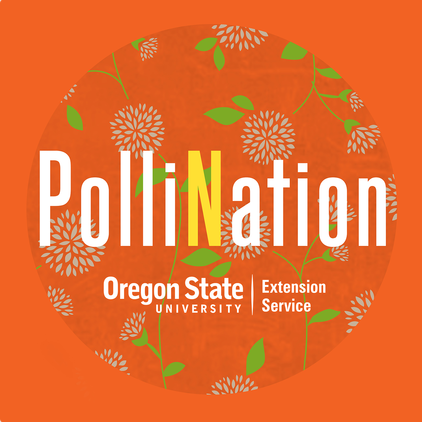
Honey bees (Apis mellifera, or nalo meli in Hawaiian) are the single most important pollinators for agriculture in Hawai'i. Annually, they contribute an estimated $212 million in pollination services in Hawai'i alone, largely in macadmia nut, coffee, and cucumber production. In 2017, Hawaiian honey was valued at $4.2 million and ranks first in the United States for pounds of honey produced per colony. The subtropical climate is ideal for year round honey production from specialty plants, such as ʻōhiʻa lehua and kiawe, as well as queen bee production (valued at over $10 million annually). Unfortunately, honey bees around the world face numerous threats, including introduced parasites and pathogens, pesticides, and inadequate nutrition from a lack of forage. Scientists at the University of Hawai'i at Mānoa are actively collaborating to address research and extension needs for honey bees in the Aloha State.

ATTENTION BEEKEEPERS: If you are struggling due to the ongoing COVID19 pandemic, know that CTAHR has resources that can help! Check out COVID19 Resources for Hawaii.
Want to know more about the pollinator research being conducted at UH? Check out the Pollinator Ecology Lab webpage.

Interested in a quick snapshot on pollinators in Hawaii? Check out this PolliNation podcast, hosted by Andony Melathopoulos from the Oregon State University Extension Service!